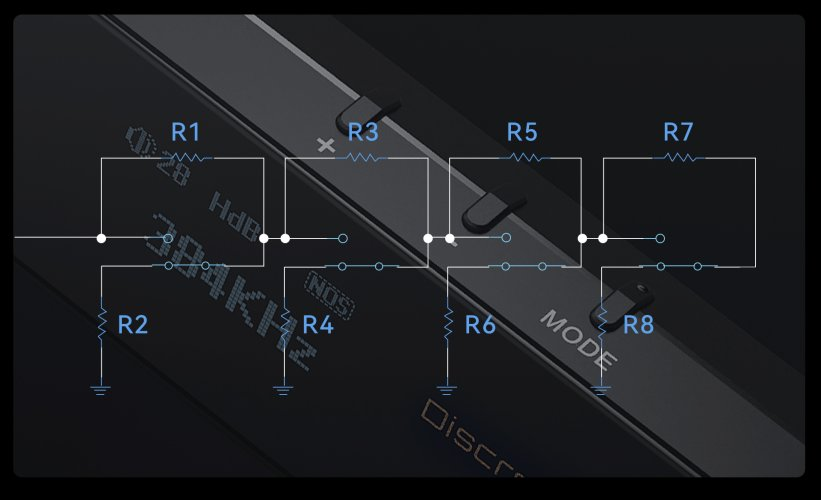Now we are getting somewhere.
These are the noise characteristics of an R-2R DAC circuit, it has nothing to do with the Resistor Array volume control, in fact, the resistor array volume helps to control the R-2R noise significantly. If we use an off-the-shelf volume chip such as PGA2311A, the R-2R noise will be even worse, significantly worse. (we have also explained this in the opening post of the RU6 thread).
We didn't explain the noise pattern specifically in the RU6 thread, but we have explained it in detail in N6ii thread. We only mentioned the noise problem when we discuss Line out option from RU6 (or to put it correctly, the noise pattern has discouraged the implementation of line out from RU6.
The R-2R noise pattern of RU6 is similar to R01 Audio Motherboard (for obvious reasons). You can read the R01 Audio Motherboard announcement
HERE. For convenience sake, I have copied and pasted the more related paragraph below:
We have also mentioned the R-2R noise pattern
HERE,
HERE, and
HERE.
If you want to look into the fine detail of R-2R noise, they are mainly thermal noise: when you pack a larger number of resistors into a very tight space, the resistors will warm up and generate thermal noise. The noise is output-related, when you drive your circuit to a higher output level, thermal noise will increase. When you implement R-2R in a more spacious environment, the thermal noise will decrease. Unfortunately, R01 Audio Motherboard and RU6 Dongle DAC are among the smallest and most cramped implementations ever, that's why RU6 suffers more thermal noise than other R-2R implementation.

































